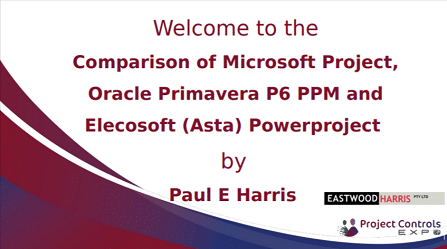Everyone in construction, especially the owners (investors), wants to know how much the project is going to cost and how long will it take. Sometimes this is asked at the inception of a project, maybe at a “go/ no- go” stage following preliminary design work, and almost always at the 30%/60%/90% maturity level of deliverables. Should the accuracy ranges for the Opinion of Probable Cost (OPC) (sometimes OPCC- Opinion of Probable Construction Cost) be the same with 10% deliverables as 90% deliverables? Should a 15% contingency be added at all stages or should it be higher early on and lowered near the final design? The Association for the Advancement of Cost Engineering (AACE) has developed Recommended Practices with cost estimate and schedule classifications to help define OPC and project schedule accuracy based on the maturity levels of the deliverables and the progression of the planning phase. By following the AACE Recommended Practices for cost estimate classifications, a project’s multiple OPCs naturally follow a project’s design and risk maturity in a logical manner of reducing contingency. Similarly, a project’s schedule becomes more defined and, therefore, more accurate as the scope of the project becomes better defined. By utilizing the AACE Recommended Practices for cost estimate schedule classifications, owners can better understand the methodology utilized for the OPCs and schedules they are provided. Too often, OPCs and schedules come from a black box with little logic and backup to them other than “this is how we’ve always done it”- a rather unacceptable response to an owner who is making a substantial investment. By following the AACE Recommended Practices for cost estimate and schedule classifications, an owner’s expectations can be appropriately managed from inception through the start of construction of a project.










